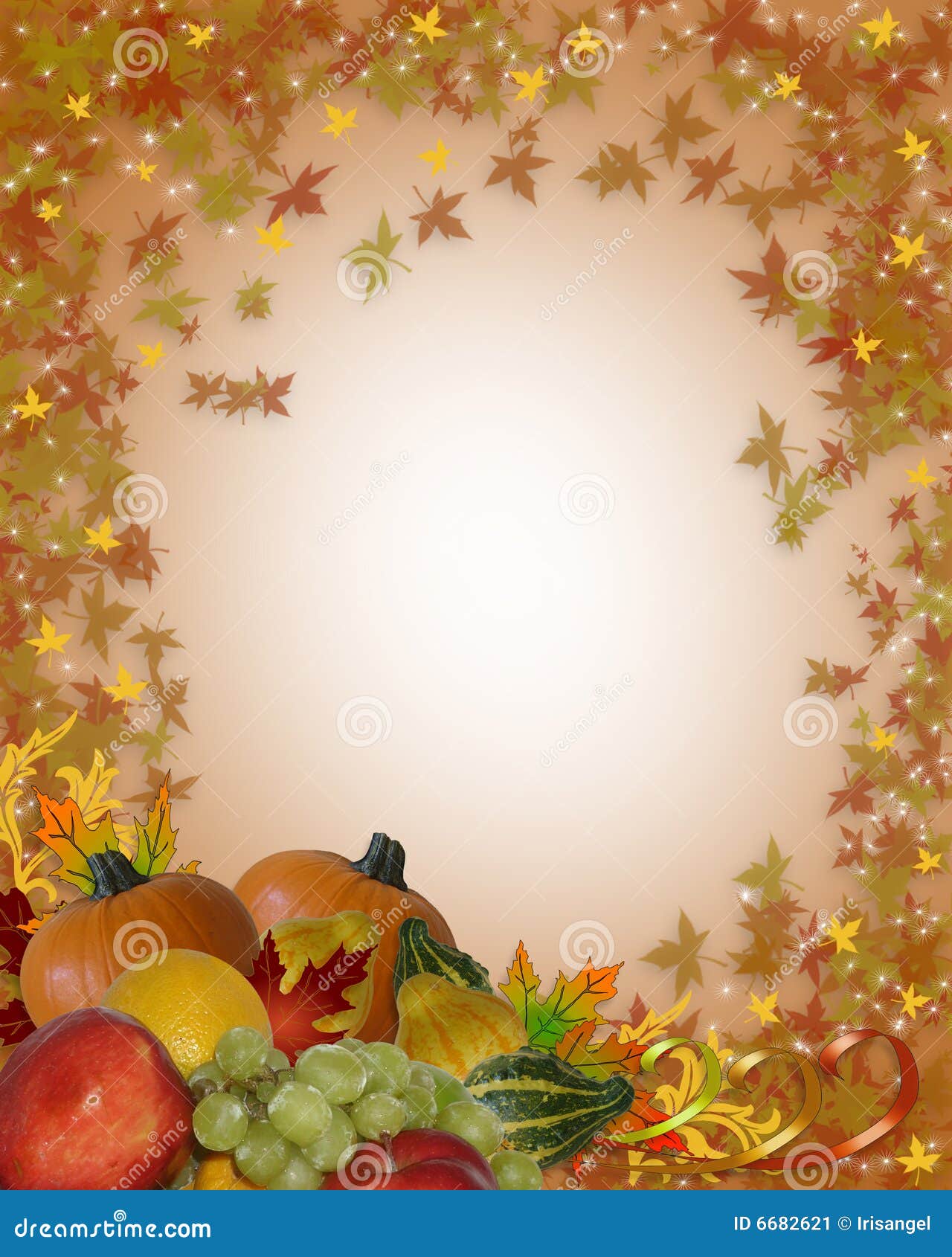

- RECIPE CARD TEMPLATE FOR WORD FALL HOW TO
- RECIPE CARD TEMPLATE FOR WORD FALL PROFESSIONAL
- RECIPE CARD TEMPLATE FOR WORD FALL FREE
RECIPE CARD TEMPLATE FOR WORD FALL PROFESSIONAL
These templates are created by professional designers with beautiful layouts to make the process of designing new personalized recipe cards simpler than before. Purpose of presenting recipe card templates here is to keep you away from hard work and lots of efforts when making recipe cards.
RECIPE CARD TEMPLATE FOR WORD FALL FREE
“This sauce tastes like B.O.,” she later replied.Leave out making recipe cards from scratch and make use of free recipe card templates to do this. (Also it’s a lot easier to make a typo-like the time my autocorrect told my best friend to put 1T of cumin into my homemade barbecue sauce, instead of 1t. Sadder still, if we’re swapping recipes these days we’re probably doing it via email, sending off these fragments of our personal histories to be archived or deleted once the brownies or meatballs or enchiladas are made, replacing our handwriting with the hollow uniformity of a sans-serif font. Even though I’ve never made Grandma Pauline’s bean soup with dumplings, I’ve made Tyler Florence’s corn chowder-and that makes me sad. Over time, magazines and online recipe sites have displaced our reliance on family and friends for sustenance, supplying us instead with new culinary idols. It’s the same urge that now inspires me to check Smitten Kitchen and Serious Eats each day, and that has resulted in the prodigious stack of food magazines in my living room. The info-hoarding impulse that filled all those midcentury filing boxes with index cards hasn’t changed, of course-but what we do with it has, and radically. “Recipes became more formalized,” Oliver said, “and you started to see women’s magazines talk more explicitly about nutrition science.” Suddenly, magazines were name-dropping terms like nutrients, metabolism, and, my favorite, carbonaceous materials, which we modern folk would call carbohydrates. They were meant merely to jog the memory of making these dishes with one’s mother-you knew what ‘enough flour’ meant because you’d seen her put in that amount.” But near the turn of the 20 th century, as scientific progress revolutionized many aspects of daily life, the desire for precision trickled down to the American housewife.

“They say things like, ‘enough flour to make a stiff dough’ or ‘bake until done.’ Some are just lists of ingredients, without quantities. “The earliest examples of written recipes are to our modern eyes exasperatingly terse,” Oliver told me. So says Sandra Oliver, former publisher of Food History News. But as literacy became more widespread over the last 200 years, women slowly shifted to writing their instructions down. But it was bigger than just Pauline: It was also an accidental charter of our family’s traditions, rendered in 3-by-5-inch index cards.īetween Roman times and the 19 th century, women typically passed down their recipes to younger generations by example. So this file was the nearest approximation, the most intimate thing she left behind. My great-grandmother was a stoic German woman she wouldn’t have poured her heart into a diary. The file was rich with evidence of its owner, and of its frequent use: It was spattered with grease stains and marked with thumbprints, and the crabbed hand in which it was written had visibly deteriorated between the first recipe and the last. Tucked inside the file were photos and notes, mementos from a life that encompassed a long marriage and two continents and children who had gone on to have their own children (who, by the time Pauline died, had become parents themselves).
RECIPE CARD TEMPLATE FOR WORD FALL HOW TO
Not that Mom needed it for practical reasons by then she’d known for decades how to make the sour cream raisin pie and overnight rolls and boiled fudge described therein. When my great-grandmother Pauline died 20 years ago, my mother requested only one item from among her possessions: her old recipe file.


 0 kommentar(er)
0 kommentar(er)
